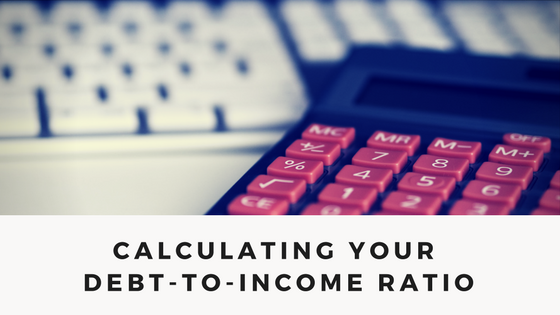A good credit score can put you in the driver’s seat of the car of your dreams. However, if you already have a lot of debt, the high monthly payments on the car you covet can add up to big trouble. That’s why many lenders look at your debt-to-income ratio when qualifying you for an auto loan. Including the expense of the new car, lenders want your total debt to be no more than 36 percent of your income.
Current Debt
Your current monthly obligations determine how much debt you can afford to take on to purchase a car. Combine the monthly payments for your installment loans, student loans, credit cards, mortgage and other loans. If you don’t own your home, add your monthly rent. Even though you didn’t borrow to rent your home, the regular obligation reduces your ability to handle more bills. Do not include groceries, gasoline or other variable expenses in this calculation even though you pay them each month.
Income
Add up your current monthly income from all sources, including your salary, your spouse’s salary and income from investments. Use your income before deductions, or the gross income. Divide your total debt by your gross income to get your current debt-to-income ratio. If math is not your strong suit, use an online debt-to-income calculator. The 36 percent figure is commonly used in the lending industry. Lenders who quote a maximum debt-to-income ratio lower than 36 percent are generally excluding housing expenses.
Maximum Monthly Payments
Multiply your gross income by 36 percent to determine the maximum monthly debt payments you can make. For example, if your total monthly income is $5,000, multiply $5,000 by 0.36, or 36 percent, for a result of $1,800. Your total monthly debt obligations should not exceed $1,800 per month. If you have $1,300 in other monthly obligations, subtract $1,300 from the total, leaving $500 available each month for car payments. Add taxes, registration and insurance costs to figure the true monthly payments for a car. According to “Consumer Reports,” these fees can increase your cost by 10 percent.
Lowering the Ratio
If the car you want puts your ratio over 36 percent, you have options. If you don’t want to pick a cheaper car, you could put more money down on the one you want, either in cash, or by trading in your old car. Selling your old car yourself often yields you more cash for a down payment than a dealer trade-in. Stretching out the term will also lower the monthly payments and the debt-to-income ratio. However, loans of five years or more often result in you owing more than the car is worth for up to three years. This could mean big trouble if you have to sell before that time.
Bottom Line
Reducing your debt before applying for an auto loan will not only prepare you to take on another payment without worrying about defaulting; it will also give your lenders a piece of mind- resulting in an approval.
